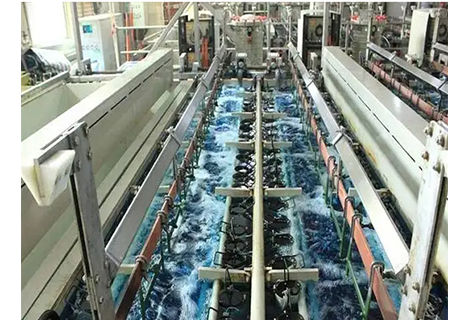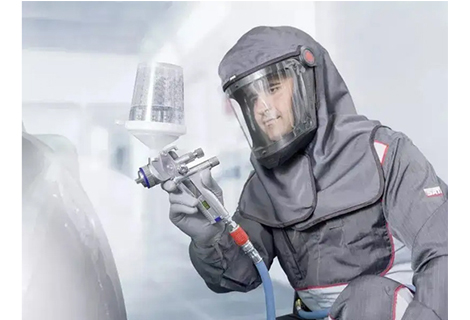Milling, a widespread subtractive manufacturing process, involves using a rotating tool to remove material from a stationary surface. Prior to commencing this operation, machinists must weigh various factors, often grappling with the choice between climb milling and conventional milling. Both techniques possess unique advantages and disadvantages, rendering no clear superior option. The optimal choice ultimately depends on the specific application, personal preferences, and desired process attributes.
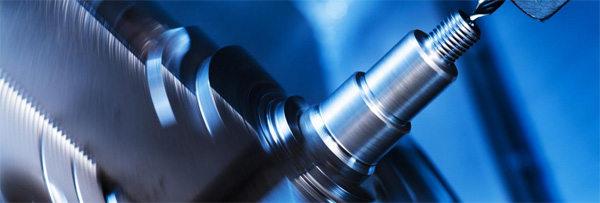
Climb milling, also known as down milling, is a machining process in which the cutting tool of a CNC machine rotates in the same direction as the workpiece. This nomenclature stems from the behavior of the tool's teeth, which ascend onto the workpiece surface and deposit the chips behind the cutter, thereby eliminating the risk of re-cutting.
Climb milling stands apart due to various properties, including the downward forces that necessitate reduced holding requirements, the chip width gradually narrowing during the process, and the specifications of the shear plane.
These distinguishing characteristics of climb milling foster advantageous process conditions, endowing it with several crucial benefits. Let's explore a few of them:
To Enhance surface finishing
This is achieved in climb milling as the chip thickness begins at its maximum and gradually tapers off during the process. This reduction in thickness minimizes deflections during cutting, ensuring smoother operations. Additionally, by depositing chips behind the cutter, climb milling eliminates the need for re-cutting, ultimately yielding a superior surface finish on CNC machined parts.
To Reduce Heat Generation and Cut Load
This is achieved by gradually narrowing the chip width, thereby confining the heat generated during machining. Additionally, the downward-facing cutting forces in this process minimize the workpiece holding requirements, particularly in horizontal milling applications.
To Prolong Tools’ Usage Life
The reduced deflections and heat production inherent in climb milling have a direct beneficial impact on tool lifespan. As the tool experiences less stress during operation, it naturally enjoys a longer service life and remains functional for an extended period.
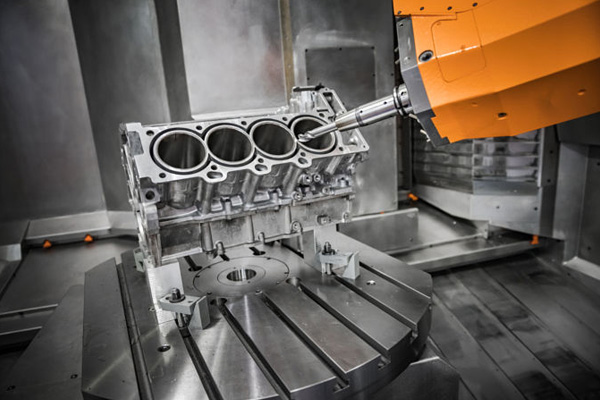
While climb milling excels in numerous aspects, it also possesses certain significant limitations. Among the primary disadvantages of climb cutting are the following:
To Vibrate Excessively
During the processing of thicker materials or at increased feed rates, the climb mill may give rise to excessive vibrations due to the tool's impact on the workpiece. These vibrations can lead to various issues, including tool deflection and damage, ultimately compromising the overall accuracy of the workpiece.
To Move Backward Violently
Another prevalent concern with climb milling is backlash, a phenomenon that occurs when cutting forces are insufficient. While this issue is less common on modern CNC milling machines, older models are more prone to experiencing it. The primary cause of backlash is the cutter's pulling force on the table during operations. This backlash poses a potential safety hazard due to flying debris and should always be taken seriously. It is advisable to avoid climb milling on older machines or employ a backlash eliminator, a supplementary device that absorbs the energy of debris, enabling you to reap all the benefits of climb milling.
The conventional milling process, as its moniker implies, represents the traditional method where the cutting tool rotates in a direction opposite to the workpiece's movement. In this scenario, the cut occurs in an upward direction, which is why this milling technique is alternately referred to as up milling.
The conventional milling process stands in stark contrast to climb milling. Here, the chip width begins virtually nonexistent and gradually widens. Additionally, the chips are evacuated along the cutter's path due to its rotation, and the workpiece experiences an upward force as a result of the cutting action.
Similar to climb milling, conventional milling possesses its own set of benefits and constraints. Listed below are some of the principal advantages that conventional milling holds over the alternative technique.
No Backlash
One significant advantage of upmilling lies in its absence of backlash. Since the rotation of the cutter and the movement of the workpiece do not pull the table, there is no risk of backlash occurring. Additionally, conventional milling was the preferred choice for minimizing backlash before the introduction of components like eliminators.
More Control
During milling operations, the cutting tool often deflects away from the workpiece. While this deflection indeed impacts the overall surface finish of the product, it also presents a beneficial aspect. Specifically, it reduces the likelihood of unintentional cuts and ensures that even if such cuts occur, they will not be excessively deep.
The conventional milling process, however, also has some disadvantages which should not be ignored. The following are some of the most important ones:
To Overheat
In conventional milling, the chip is evacuated by gradually increasing its width, leading to the tool bearing all the generated heat. Consequently, conventional milling tools are prone to overheating, potentially reducing their lifespan.
To Damage Tools
The excessive heat generated, coupled with frictional and upward forces, inflicts significant damage on the tool, ultimately compromising its lifespan and potentially undermining the accuracy and precision of the workpiece.
When discussing the surface finish and other performance parameters of climb milling vs conventional milling, experts primarily focus on tool deflection and cut accuracy. These two factors significantly influence the outcome and the milling process itself. Tool deflection determines heat generation, while cut accuracy directly impacts the final results. In comparing climb milling to conventional milling, conventional cutting holds an advantage in terms of tool deflection due to the direction of reactive forces. In conventional milling, the forces are nearly parallel to the tool feed, resulting in reduced error and greater process control.
On the contrary, climb milling exhibits a deflection that is perpendicular to the workpiece's movement, leading to increased deflection and even displacement of the workpiece, ultimately compromising the accuracy of the results. Generally, the conventional method offers superior control and stability in the comparison between conventional and climb milling due to tool deflection. Nevertheless, accuracy is not the sole determinant. When considering surface finishing, precision, and tool longevity, climb milling emerges as the superior choice, delivering the most optimal overall outcomes.
The determination of whether to opt for up-milling or down-milling hinges on various factors including application specifics, requirements, material type, and others. While climb milling is often perceived as the superior choice in discussions comparing conventional and climb milling due to its minimal load, superior surface finish, and longer tool lifespan, it is not a one-size-fits-all solution. Significant drawbacks exist, and similarly, conventional milling boasts its own advantages. However, its limitations are also noteworthy. Hence, a profound understanding of both cutting processes is crucial to ensure an informed decision and consistent results.
Here are some guidelines to assist you in choosing between conventional vs climb milling:
Favor climb milling for smaller components that require a flawless finish;
Refrain from employing climb mil process with handheld routers;
Ensure that your traditional machine is equipped with a backlash eliminator when performing climb milling;
Opt for conventional milling when working with hard and rigid materials or hardened workpieces; avoid using climb milling on the initial pass if the material is oxidized or has a rough surface;
Utilize climb milling for the final pass to achieve optimal accuracy.
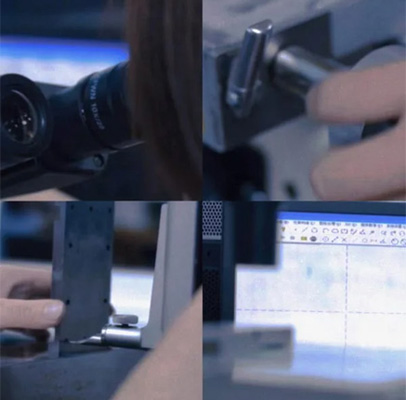
Consistency and precision in CNC machining processes necessitate a blend of appropriate tools and expertise. Fortunately, a CNC machining service can provide an ideal solution to these needs. A premium CNC service, such as Richconn, can assist in maintaining consistent and accurate outcomes, ensuring your machining requirements are met with the utmost precision. Whether it’s about conventional vs climb milling, or climb milling vs conventional, we can offer a wide range of them and tactfully evade their disadvantages.
Also, we have other advantages which may influence your choice.
1. Our facility boasts cutting-edge technology, equipped to fulfill a comprehensive range of machining needs.
2. Distinguish ourselves from other competitors by offering an online quotation system that stands out in the market.
3. Dedicated to maintaining rigorous quality control and adopting sustainable practices, with precision, consistency, and environmental stewardship being paramount in every aspect of their operations.
4. Excel in crafting tailored solutions that cater to your distinct requirements. Collaborate closely with clients to thoroughly comprehend their specific needs and deliver bespoke, precision-oriented solutions that not only meet but also surpass expectations.
5. Dedicated to upholding rigorous quality control measures and sustainable practices, and places utmost importance on precision, consistency, and environmental stewardship throughout all aspects of their operations.
If you have any interest in collaborating with Richconn or desire to delve deeper into our milling services, click the banner below to contact us now⬇⬇⬇
In summary, whether you are a budding machinist or a skilled professional, this comprehensive guide offers a thorough understanding of climb milling techniques and their applications. It serves as a navigator through the intricate realm of climb milling, assisting you in mastering the craft and discovering innovative solutions, such as those offered by Richconn. Enjoy your smooth milling journey!
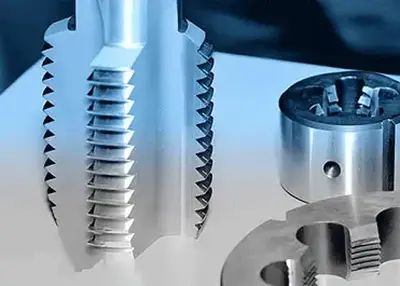 Unlocking Precision: A Comprehensive Guide to Machining KeywaysNovember 15, 2023Welcome to the definitive guide on keyway machining, where precision meets performance. In this in-depth exploration, we will unravel the complexities of keyway machining, providing you with practical insights, expert tips, and real-world applications. Whether you're an engineer seeking mastery or an enthusiast eager to delve into the intricacies, this guide promises a thorough journey through the world of keyway machining.view
Unlocking Precision: A Comprehensive Guide to Machining KeywaysNovember 15, 2023Welcome to the definitive guide on keyway machining, where precision meets performance. In this in-depth exploration, we will unravel the complexities of keyway machining, providing you with practical insights, expert tips, and real-world applications. Whether you're an engineer seeking mastery or an enthusiast eager to delve into the intricacies, this guide promises a thorough journey through the world of keyway machining.view The Importance of CNC Milling Materials in Precision Medical Device ManufacturingFebruary 29, 2024In the field of precision medical device manufacturing, the choice of materials plays a crucial role in the success of the final product. CNC milling is a widely used process in this industry for its ...view
The Importance of CNC Milling Materials in Precision Medical Device ManufacturingFebruary 29, 2024In the field of precision medical device manufacturing, the choice of materials plays a crucial role in the success of the final product. CNC milling is a widely used process in this industry for its ...view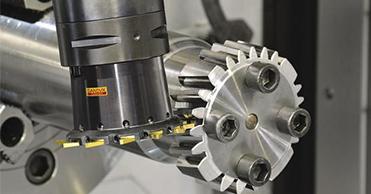 Gear Processing Process (7 Steps Make You Feel Simple)May 30, 2022One of the gear processing methods is the forming method, which is the method of cutting the tooth shape by using the forming milling cutter which is completely consistent with the shape of the tooth ...view
Gear Processing Process (7 Steps Make You Feel Simple)May 30, 2022One of the gear processing methods is the forming method, which is the method of cutting the tooth shape by using the forming milling cutter which is completely consistent with the shape of the tooth ...view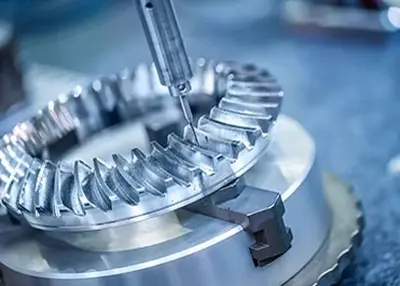 From Concept to Creation: A Comprehensive Guide to Jigs and Fixtures in Manufacturing ProcessesFebruary 27, 2024Here is a comprehensive guide to f jigs and fixtures in modern CNC manufacturing. Learn about their types, applications, and advantages.view
From Concept to Creation: A Comprehensive Guide to Jigs and Fixtures in Manufacturing ProcessesFebruary 27, 2024Here is a comprehensive guide to f jigs and fixtures in modern CNC manufacturing. Learn about their types, applications, and advantages.view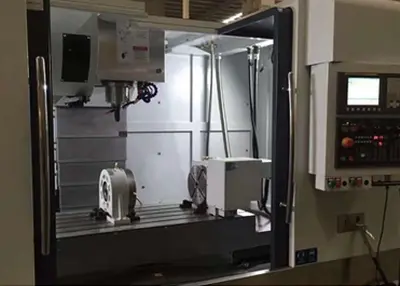 What Will Determine the Precision of CNC Machining?August 10, 2022In the preparation of CNC machining programs, proper use of methods and techniques is of great significance to ensure and improve the machining accuracy of CNC machine tools. So what determines the ma...view
What Will Determine the Precision of CNC Machining?August 10, 2022In the preparation of CNC machining programs, proper use of methods and techniques is of great significance to ensure and improve the machining accuracy of CNC machine tools. So what determines the ma...view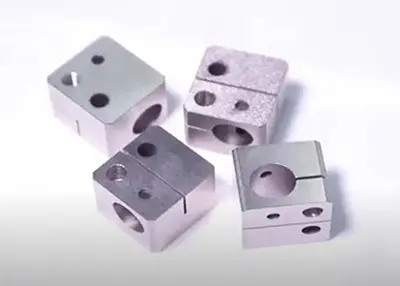 What Are The Characteristics and Features of CNC Machining?June 21, 2022Process concentration, automation, high flexibility, and strong capabilities are the characteristics of CNC machining. The process rules of CNC machining and traditional machine tool machining are gen...view
What Are The Characteristics and Features of CNC Machining?June 21, 2022Process concentration, automation, high flexibility, and strong capabilities are the characteristics of CNC machining. The process rules of CNC machining and traditional machine tool machining are gen...view
 EN
EN
 ru
ru 


